You are here
Making it all the way to Big Bend National Park in Southwest Texas is quite the trip, but it's well worth the long drive to explore this diverse desert at the international border with Mexico. There are sands and cacti, to be sure, but this landscape is far richer in life and landforms than you might expect. The oasis of the Rio Grande, the high-elevation retreat of the Chisos Mountains, and the seclusion of deep canyons create havens for wildlife and distinct environments for humans to explore.
Because Big Bend is so remote and hard to get to, you'll want to maximize your time there. Here is a three-day itinerary to help you make the most of your journey.
Day 1: The Border
The Rio Grande is a river shared by two countries, nourishing an arid ecosystem that knows no political boundaries. Visit the river to see how peaceful and natural the border looks here, and how the desert creatures, including wild horses, move freely through their habitat.
The river is at the far southern edge of the park, but most visitors enter from the north. If you're anxious to stretch your legs after a long drive across Texas, stop shortly after entering the park at Persimmon Gap (North Entrance) to hike to Dog Canyon, a narrow pass in a rocky, cactus-covered mountain range. You can also check out the Fossil Discovery Exhibit, which explains Big Bend's geologic past from the time of the dinosaurs and before.
Drop into the park's main visitor center at Panther Junction to orient yourself and preview the full range of activities to pursue in this national park, then continue southward to Rio Grande Village near the Mexican border. You will find a surprising array of activities, scenery, and history that you might not have guessed exist there.
- Hot Springs Historic Site
- Boquillas Canyon Trail
- Chihuahuan Desert Nature Trail
- Rio Grande Village Campground
Day 2: Chisos Mountains
The Chisos Mountains are the peaks that rise unmistakably from surrounding desert in the park's center. They dominate the horizon from just about anywhere. Because of their high elevation, the climate is much cooler and wetter than anywhere else around. This is the place where you will see the most wildlife, find the most popular hiking trails, and the most visited campground. Even though the Chisos Mountains draw crowds, it is always possible to find solitude if you hike far enough or at less typical times of day. If you can, you may want to spend two nights here to guarantee a full day of adventure in the mountains.
Day 3: Santa Elena Canyon
When looking out from the mountains, the surrounding desert appears drab and mostly featureless, but there are in fact countless intricacies and hidden treasures to be discovered. Come down from the mountains and return to the desert to find them.
Along the Ross Maxwell Scenic Drive, roadside stops and short hikes reveal marvels like freshwater springs, natural cactus gardens, volcanic rock formations, slot canyons, and a historic homestead farm. The road eventually leads to another visitor center and campground near the Rio Grande. In contrast to Rio Grande Village, where the river enters a canyon, here you'll see it flowing out of one, but just as dramatically. Huge limestone walls jut upward from the water's edge, ending out of sight atop a massive plateau.
This is Santa Elena Canyon, and the Mexican border once again. You can hike to the mouth of the canyon and take a dip in the cool water, where you might see canoeists emerging into the desert sun, ending their 10-mile float through the shady microcosm of the gorge. After leaving the river, you can check out stops you missed along the Scenic Drive, then backtrack to the park's north entrance or exit west to the town of Terlingua.
- Mule Ears Overlook and Spring Trail
- Tuff Canyon
- Sam Nail Ranch
- Santa Elena Canyon Trail
- Cottonwood Campground

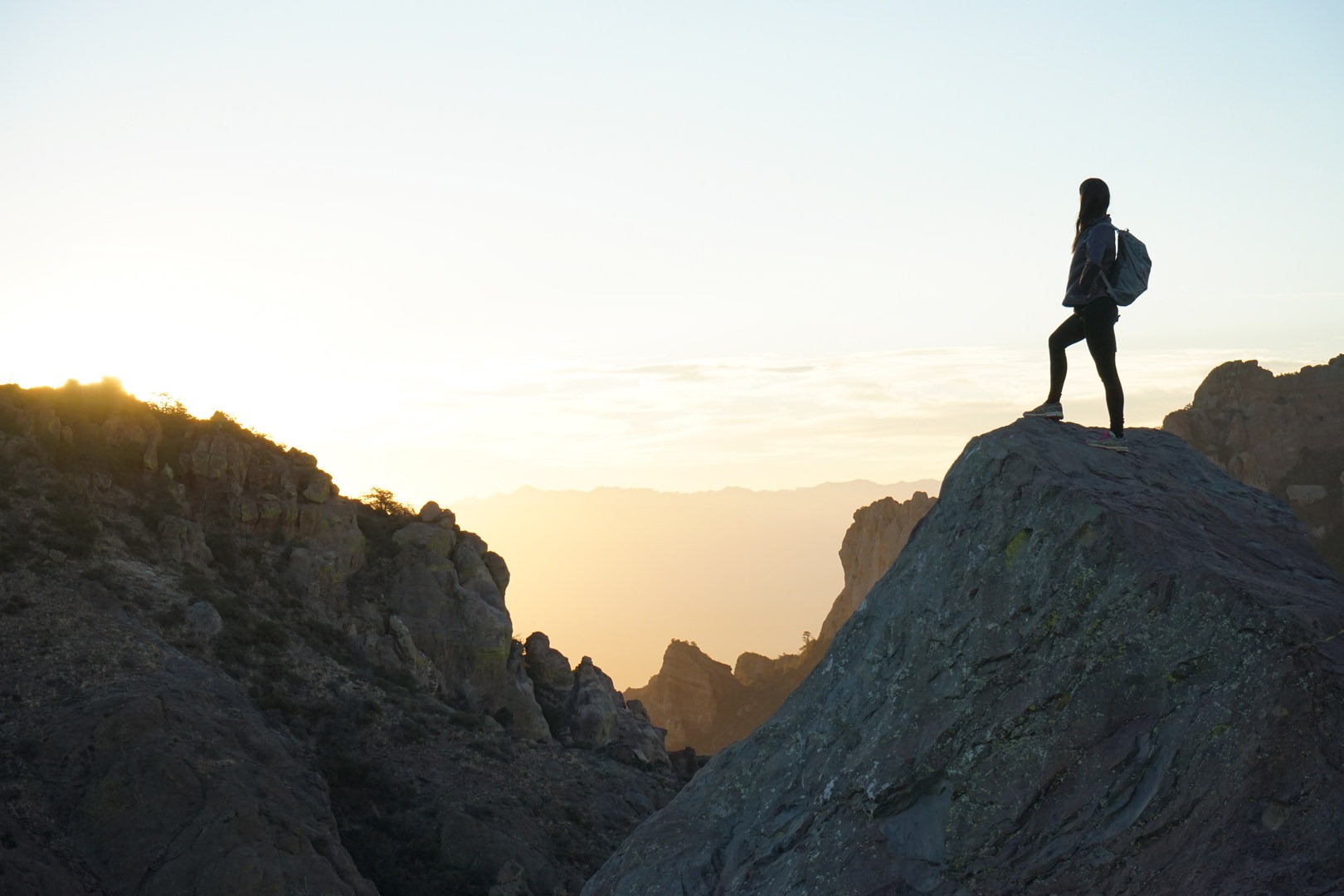
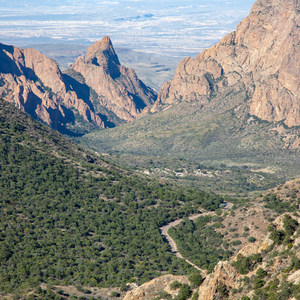
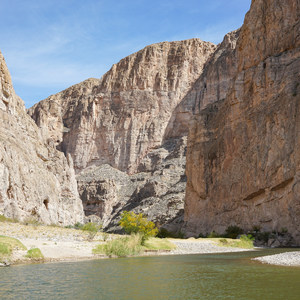
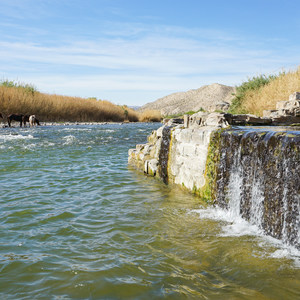

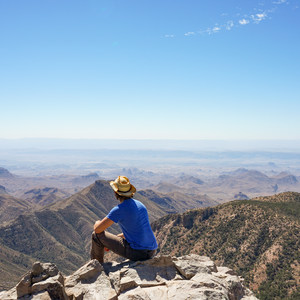
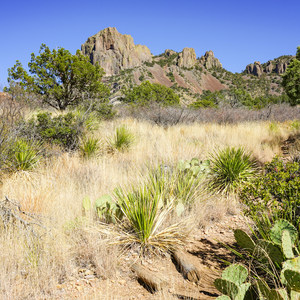

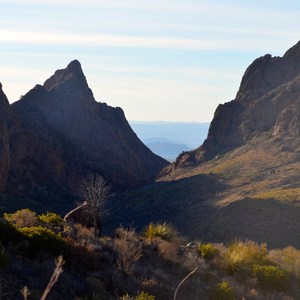



Comments
Sign In and share them.